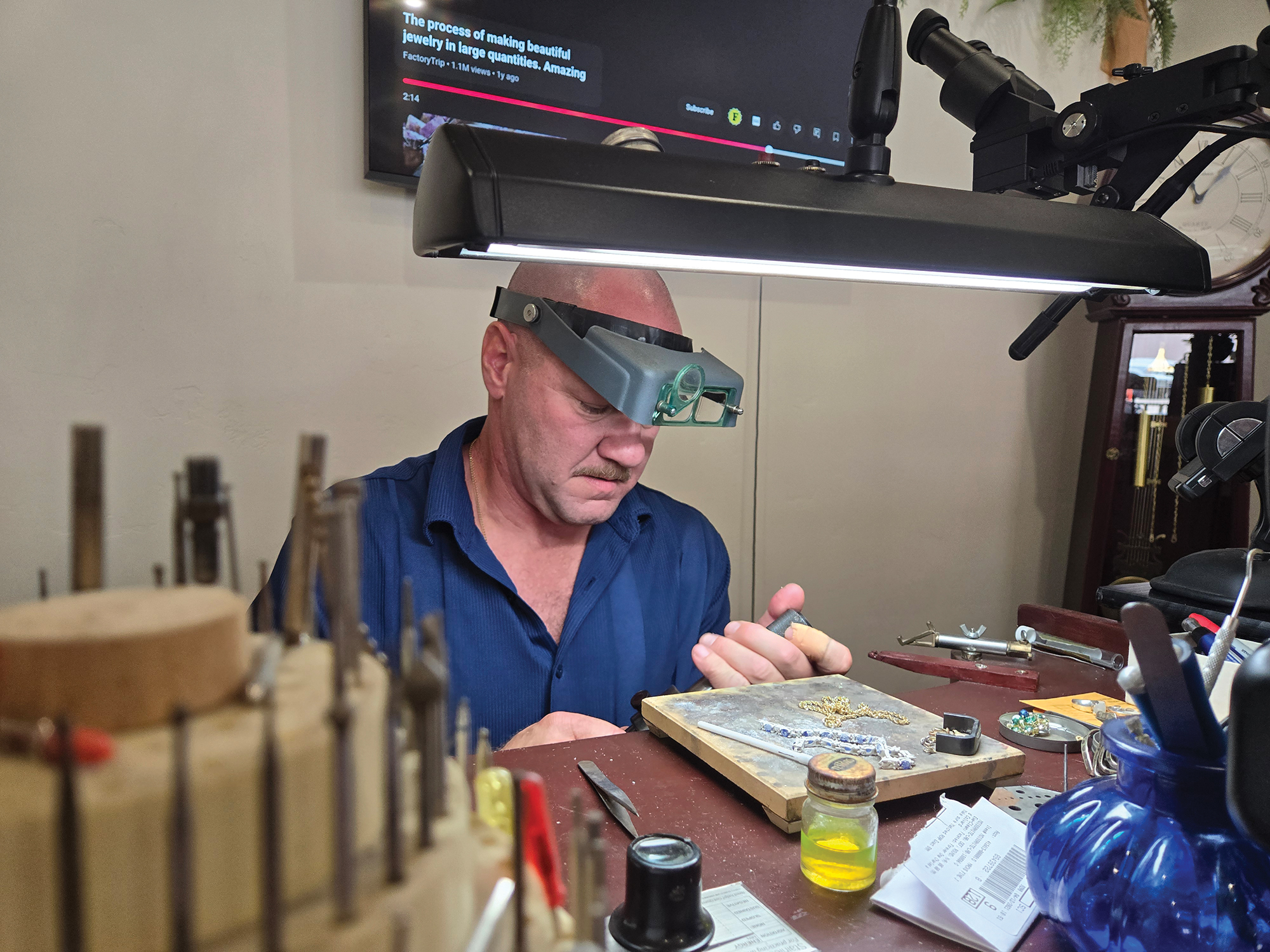COLUMN: Remembering the craftsmen who constructed the Central Building
Published 6:32 am Wednesday, July 10, 2024

- The south side of the historic Central Building was taken down on July 9, 2024.
The Central Building, for many years an occasional destination, has become for me something more akin to a pilgrimage.
Since a fire doomed the historic school on May 22 I have walked past its soot-stained stone walls on more days than not.
I don’t always leave my house, which is less than a dozen blocks to the west, with any intention of seeing the Central Building.
But then, while I’m strolling along, enjoying the pleasant stupor that brisk exercise can induce, I’ll think of the building, and its fate, and alter my course accordingly.
It is, like many pilgrimages, a sad journey.
I visit not to see what is there, but to mourn what has been lost.
No trip was so sad as the one on the evening of July 9.
The sun had slunk behind the Elkhorns as I walked west on Washington but the day was giving its heat slowly.
Smoke from distant fires had infused the sunset with the color of dried blood.
The temperature went clear to 103 at the airport. That broke a record of 39 years.
A trifling span compared with the Central Building.
It had stood on its lot for 108 years, its tuffstone blocks all but impervious to July heat and to January chill.
But in the still-stifling dusk of July 9, six weeks or so after the fire, the building was gone.
Not quite literally.
But the demolition crew had been hard at it in the awful heat earlier in the day, hacking at the old bones with a great steel jaw that seemed almost animate as it crunched through stone and glass and wood lath.
I admired the skill of the man operating the machine, which clattered atop piles of jumbled debris on metal tracks.
But I lamented that he had reason to be there in the glass-enclosed cab, dismantling the work of other talented craftsmen.
It used to be, when I walked past the Central Building, which had been closed since 2009 but was being prepared, with the installation of a new roof, for possible sale or other use, that I thought mainly of students and teachers.
I imagined when the imposing structure teemed with activity, when it was one of Baker City’s cultural centers, a place where people gathered to watch concerts and basketball games and much else.
I continued to indulge in similar daydreams even after the fire. The building, although the damage was obvious, was mostly intact.
But on July 9, with the walls on the south, west and much of the north toppled, revealing the structural guts, I thought instead of the Central Building’s origin.
I thought of the people who assembled it, all of them long dead.
I tried to envision, as we sometimes do when we look at a venerable structure, the workers as they hammered strips of lath into place, and set windows true in their frames, and slathered mortar for the next course of bricks or tuffstone blocks.
Much of their work has been invisible for more than century, hidden behind walls.
I wondered what they talked about while they attended to their tasks, or whether they waited until the lunch hour. Did it occur to any of these workers that what they were doing on what must have been ordinary days would continue to enrich their community a century and more later?
It struck me that as they went about their work, men very much like themselves were dying in their tens of thousands in the trenches of France and Galicia and Gallipoli and the Isonzo front.
Perhaps some of the construction workers would, a year or two later, don an American uniform and board a ship heading “over there” in the waning days of World War I.
That their handiwork endured for so long is of course a testament to their skill and diligence.
This is the magic, it seems to me, that enriches all buildings so old that they have outlived their makers.
Baker City has a wealth of such structures, to be sure.
But we are not making more, and the loss of any of these irreplaceable buildings leaves a void in our history which can’t be filled.









